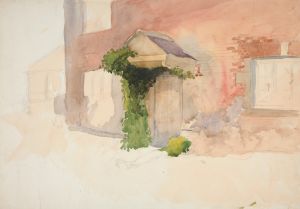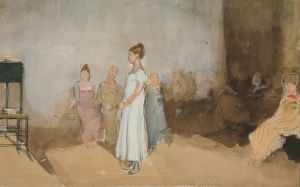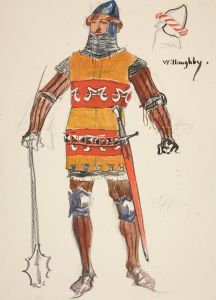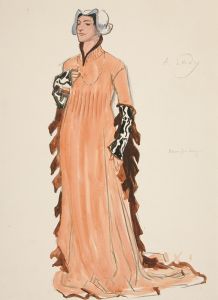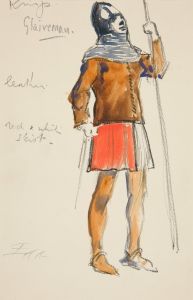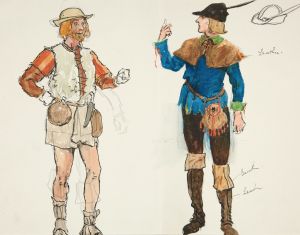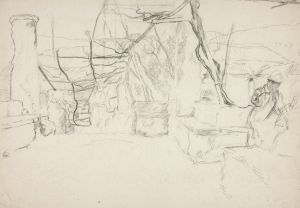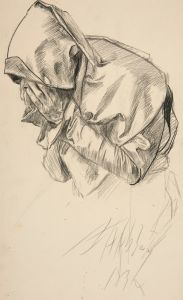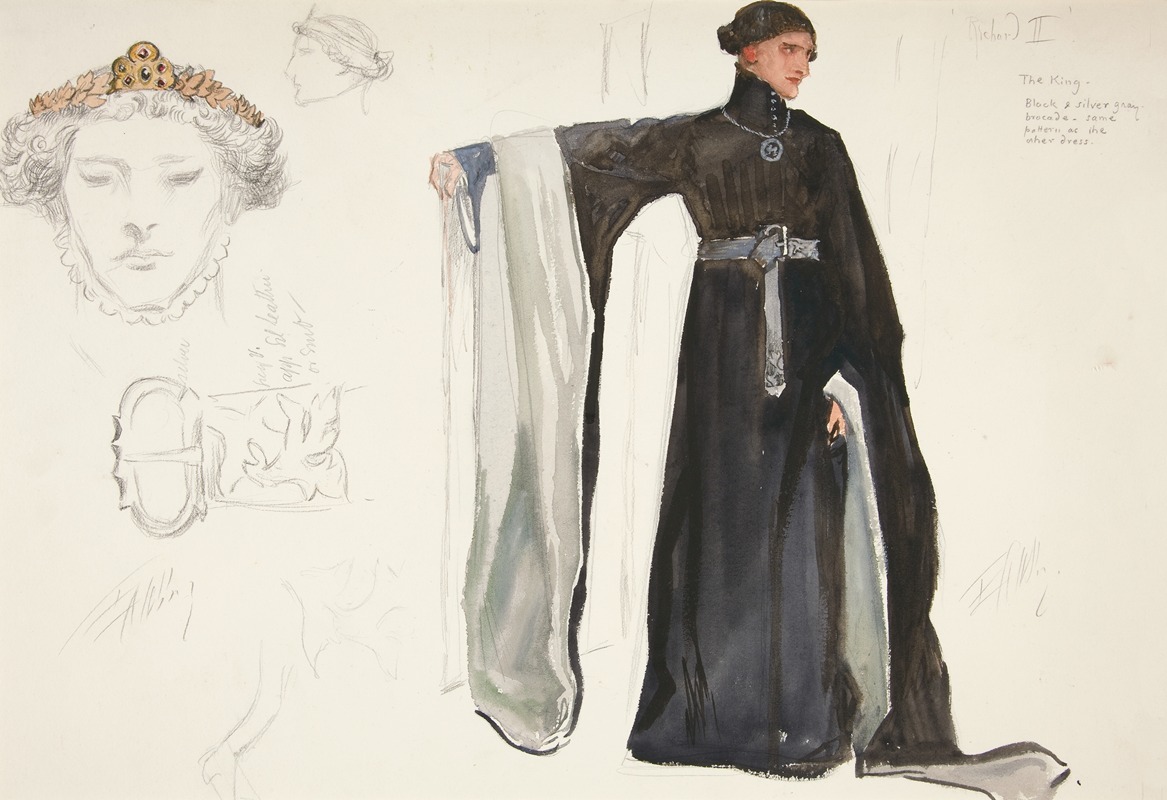
Richard II , costume sketch for Henry Irving’s 1898 Planned Production of Richard II
A hand-painted replica of Edwin Austin Abbey’s masterpiece Richard II , costume sketch for Henry Irving’s 1898 Planned Production of Richard II, meticulously crafted by professional artists to capture the true essence of the original. Each piece is created with museum-quality canvas and rare mineral pigments, carefully painted by experienced artists with delicate brushstrokes and rich, layered colors to perfectly recreate the texture of the original artwork. Unlike machine-printed reproductions, this hand-painted version brings the painting to life, infused with the artist’s emotions and skill in every stroke. Whether for personal collection or home decoration, it instantly elevates the artistic atmosphere of any space.
The artwork titled Richard II, costume sketch for Henry Irving’s 1898 Planned Production of Richard II was created by Edwin Austin Abbey, an American artist known for his historical and literary illustrations. This particular piece is a preparatory sketch for a theatrical production of William Shakespeare's play Richard II, which was planned by the renowned English actor-manager Sir Henry Irving in 1898. However, the production itself was never realized.
Edwin Austin Abbey (1852–1911) was celebrated for his detailed and historically informed illustrations, often drawing inspiration from Shakespearean works and other literary sources. Abbey's artistic style was characterized by meticulous attention to period details, which is evident in this costume sketch. The drawing reflects Abbey's commitment to historical accuracy and his ability to capture the essence of Shakespeare's characters through costume design.
The sketch depicts a costume intended for the character of King Richard II, the central figure in Shakespeare's play. Richard II, a historical figure and the King of England from 1377 to 1399, is portrayed in Shakespeare's work as a complex and tragic character. Abbey's design reflects the late 14th-century fashion, incorporating elements such as elaborate robes and regal accessories that align with the historical period of Richard II's reign. The costume design was likely intended to convey the king's royal status and his eventual downfall, themes central to the play.
Henry Irving (1838–1905) was one of the most prominent figures in Victorian theater, known for his innovative productions and his dedication to elevating the status of theatrical arts. Irving's planned production of Richard II was part of his broader efforts to stage Shakespeare's works with a high degree of historical and artistic authenticity. Although the production did not come to fruition, Abbey's sketches remain as a testament to the collaborative efforts between artists and theater practitioners during this period.
The sketch is now recognized as an important example of Abbey's work and serves as a historical artifact that provides insight into late 19th-century theatrical practices and costume design. It is also a reflection of the enduring influence of Shakespeare's plays on the visual and performing arts. The artwork is preserved in collections that celebrate Abbey's contributions to art and theater, though specific details about its current location or ownership are not widely documented.





